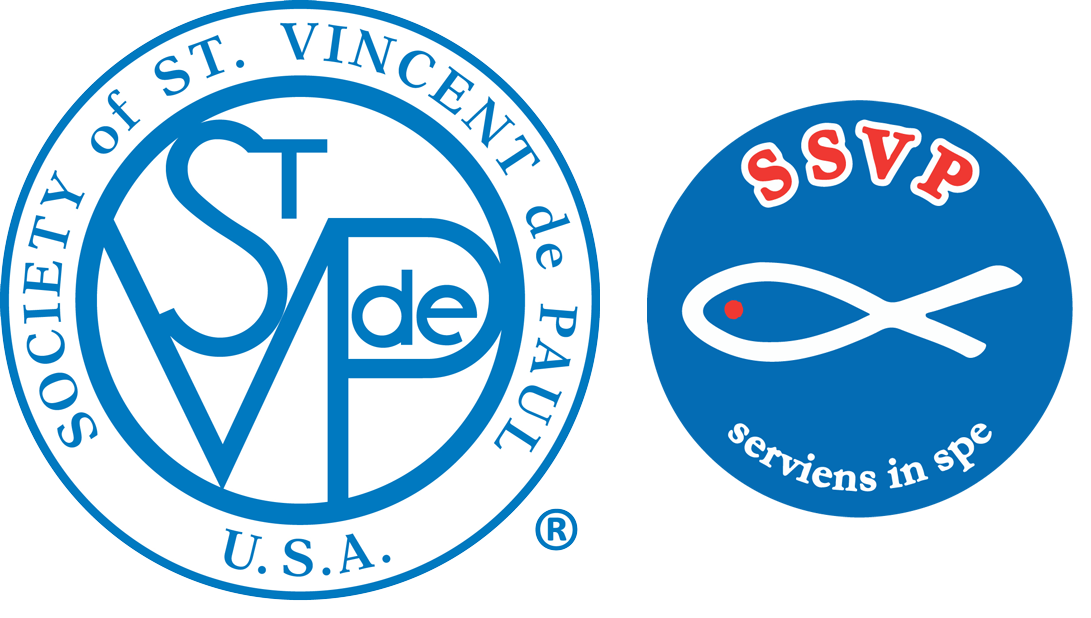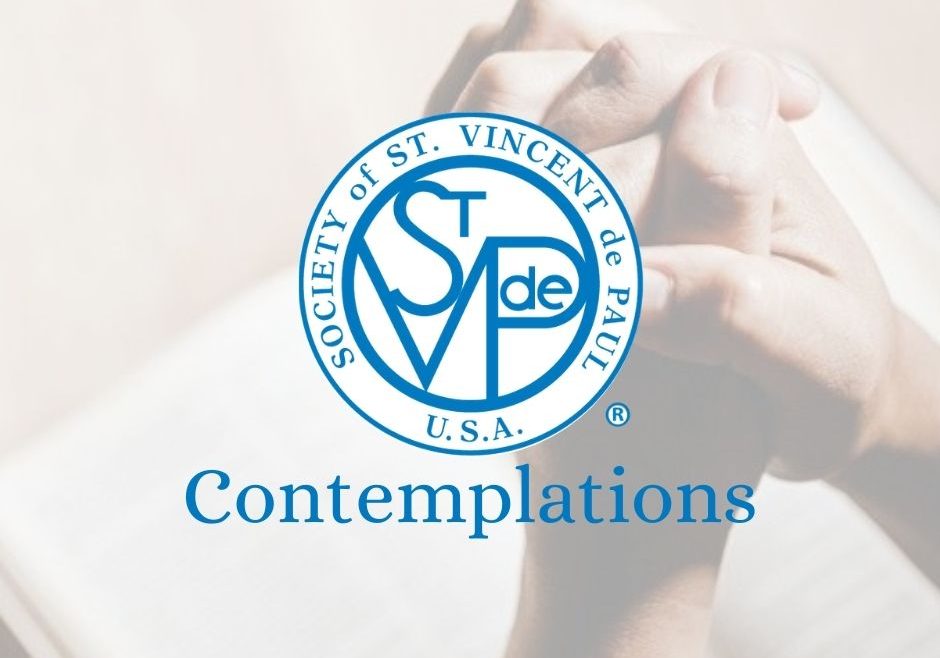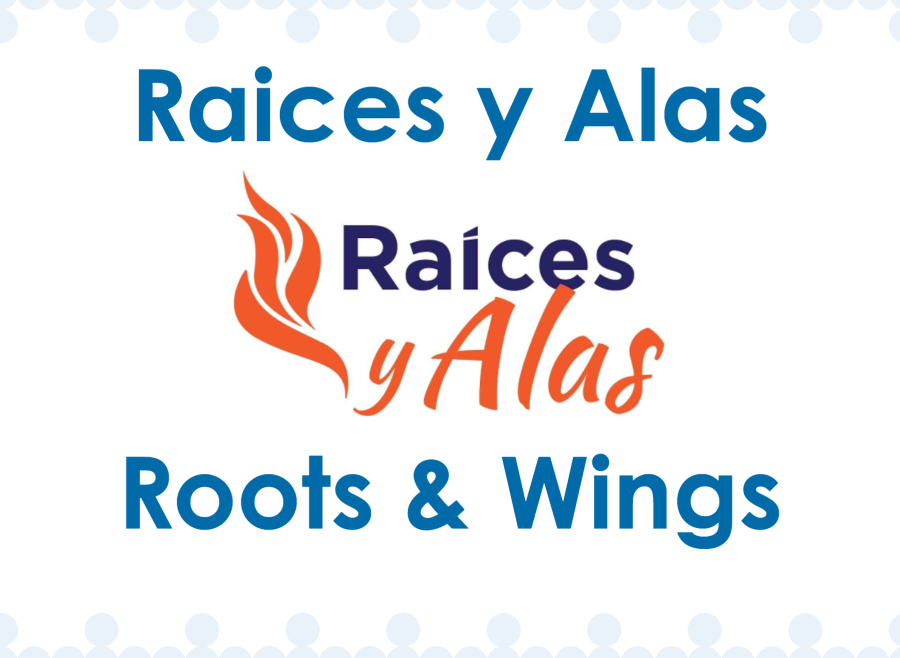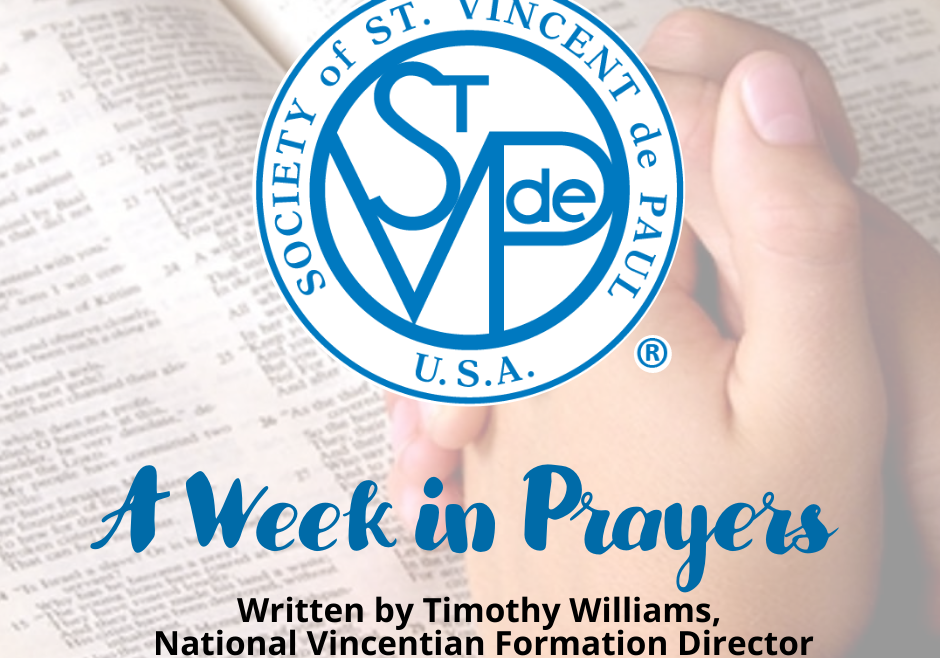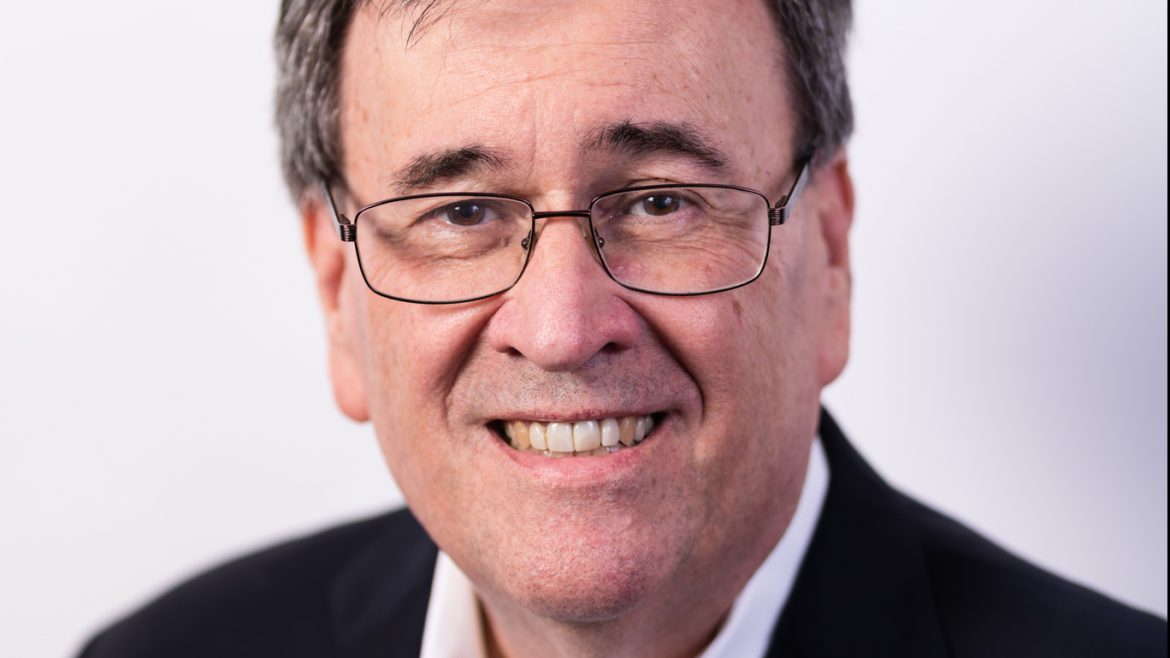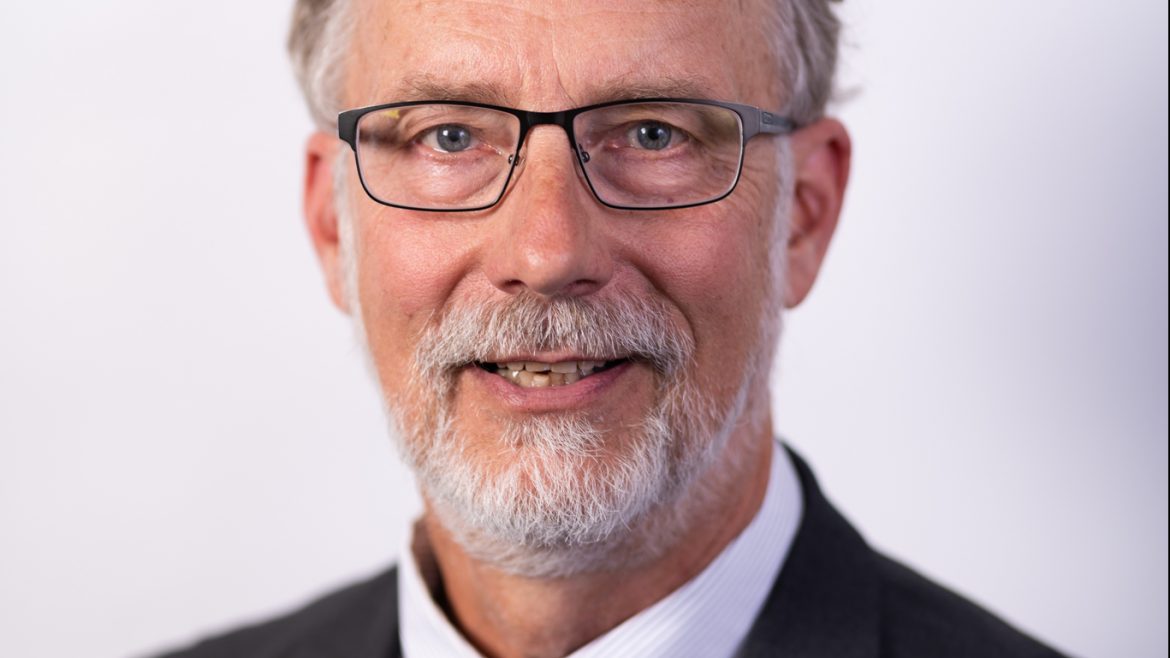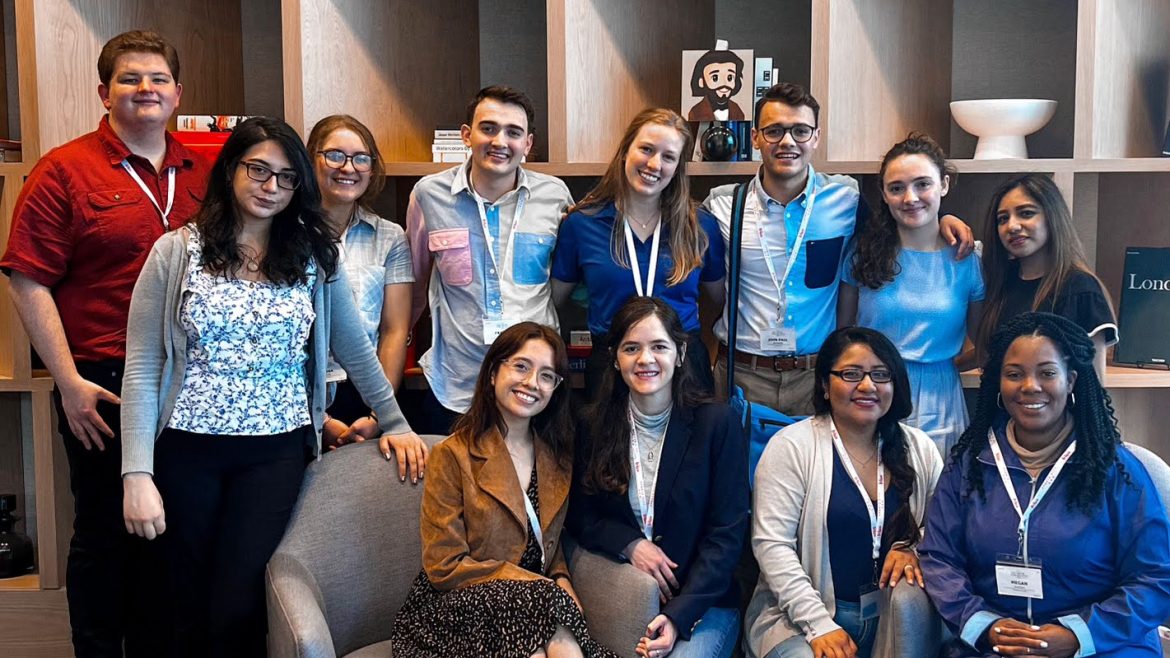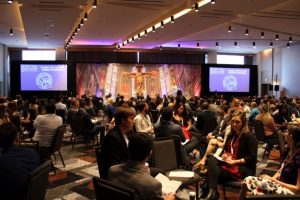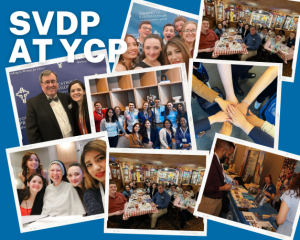Servant leadership is the calling of every Vincentian, and term-limits for Conference Presidents ensure that every three to six years, somebody new will be invited to serve in that role. [Rule Pt III, St 2 & 12] The next time, it might be you. All too often, though, many of us pull back, insisting that we are not the “take-charge” sort; that somebody else should be President. St. Vincent would say that if this is how you respond, you probably are the right person to lead.
In fact, writing about a priest who had “an unimaginable passion for being in charge” Vincent remarked that “this frame of minds frightened me” even though he was “having a hard time finding anyone among the others willing to be a Superior in certain circumstances.” [CCD II:326]
He went even further in a Conference for the Daughters of Charity, explaining that “to be ambitious for more honorable offices or duties, leading one to want to become a Sister Servant” (the superior) is a “diabolical” sign of hidden pride. [CCD IX:532] By no means, though, did he teach that we ought to avoid invitations to serve as leaders!
Instead, he taught, to be called to leadership is to be called by God, and that therefore when “obedience designates us for a leadership position … we must submit”. [CCD XI:128] Our Rule explains further that leadership positions “are always to be accepted as service to Christ, the members and the poor.” [Rule, Part III, St 11]
When invited to serve, we should always prayerfully discern the invitation, but remember that it is not our own talents or strengths that we are discerning! Rather, we are discerning whether we hear God’s call, whether it comes to us in an invitation from our fellow Vincentians, or in an invitation within our hearts.
Vincentian servant leaders are not commanders or bosses – quite opposite! We believe, as Christ taught, in the leader as the servant, and as leaders we then then take the last place, in imitation of Christ, “who was the natural Master of everyone and yet made himself the least of all”. [CCD XI:124]
It is not so difficult to step up to leadership when you understand it instead as a call to step down, to be humble and gentle, to serve and not to be served. And since it is God who calls us to servant leadership from time to time, we also needn’t worry about our capabilities, because “God gives sufficient graces to those He calls to it.” [CCD IX:525]
Contemplate
Am I open to God’s call to servant leadership, even though I may feel unworthy?
